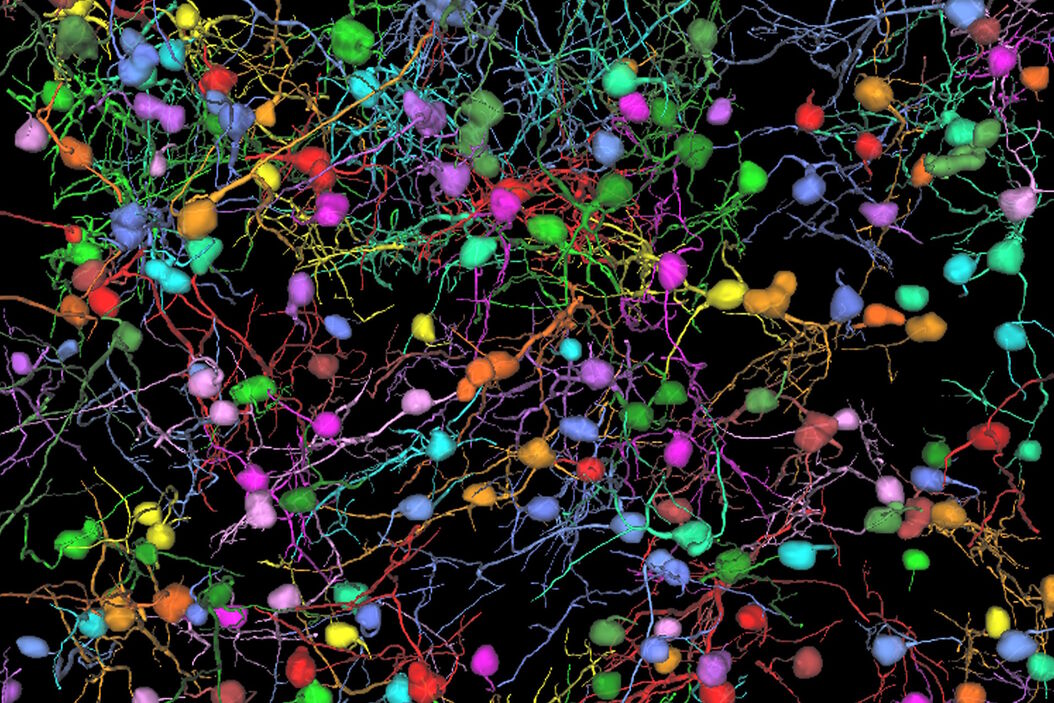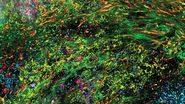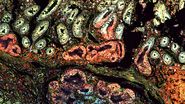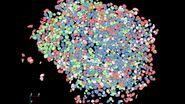Harnessing the power of AI image analysis
The recent advancement of Artificial Intelligence (AI) has presented new opportunities in complex experiments and unlocked insights previously out of reach. By attending this on-demand session, you gain access to the most up-to-date information, valuable insights into best practices, useful tips, and real-world applications of Aivia AI image analysis software.
In this webinar our presenter, Quyen Tran, PhD, highlights new and improved AI features available in our latest release of Aivia. Aivia 12 adds a new option for soma detection within the neuron recipe. This option incorporates the generalist Cellpose algorithm (Stringer, 2021) [1], enabling up to 46% improvement of soma detection in densely populated neuronal images. Additionally, somas within dense soma regions are better partitioned using Cellpose. This release also streamlines AI-enabled 3D tracing of Golgi-stained images using new updates to the neuron analysis workflow.
Application across multiple disciplines
Aivia has remarkable applications across various research disciplines. When working in a core imaging facility or as an academic investigator in cell biology or neurosciences, increasing the adoption of new technologies to achieve high-quality results is critical for the success of your institution, and for your publishing output.
Aivia 12 offers advanced features to all researchers to generate more insights. It incorporates new 3D relational measurements that allow you to explore object-to-object relationships such as identifying overlapping objects. Additionally, this release brings interactive plots for data exploration with tools such a Pearson correlation coefficient heat map and violin plots.
AI access for all
In connection with Bioimage.IO model zoo’s mission of making deep learning models more accessible to the bioimaging community, Aivia 12 brings four pre-trained Bioimage.IO deep learning models into the Aivia ecosystem. Drag-and-drop the models into Aivia and combine it with other features of Aivia to power your analysis. Furthermore, parameter estimation via the Aivia That Learns deep learning model has been iteratively optimized and enhanced making it easier to get to your results faster.
Aivia makes advanced data analysis accessible for all, with no computer science expertise required. This means the new AI features mentioned above are incorporated so you can use them without coding or setting up Python and CUDA environments. With Aivia, anyone can get started with AI.
Want to learn more? Register below to watch the full webinar presented by Quyen Tran, PhD




